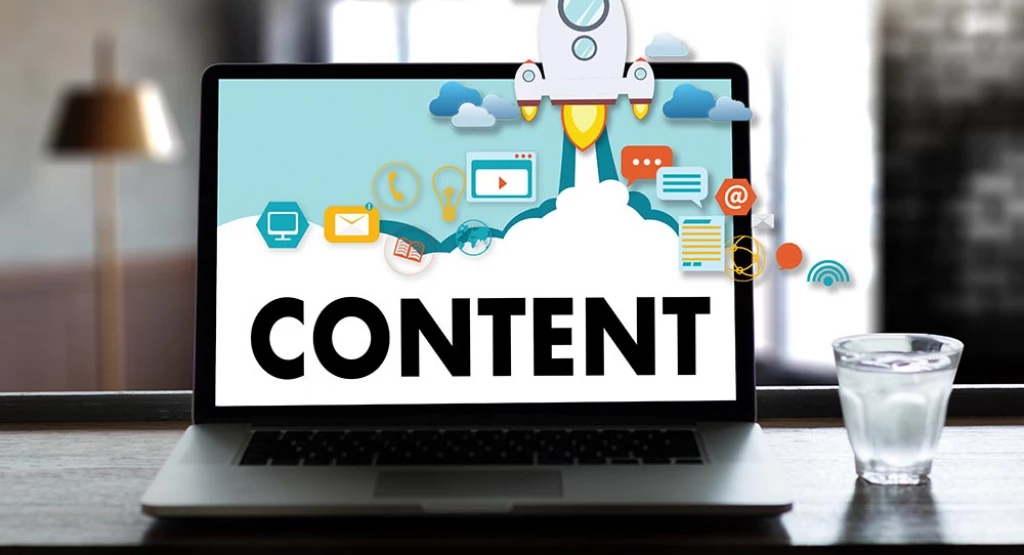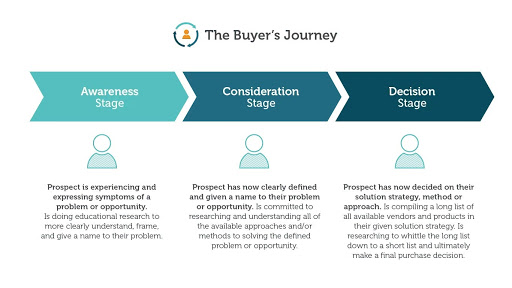Gated Content and How To Make The Most Of It
Explore our guide to help you make the most of gated content as a marketing strategy.

One of the key elements of your content strategy is your content access policy.
Is your content freely available to all, no strings attached? Do users need to provide personal data to view your content? Or do you straight up charge customers for the privilege of accessing your content? Each of the aforementioned approaches can be viable depending on the marketing goals you’re pursuing.
The approach we want to discuss today is gated content. Gated content is a content access policy that specifies some kind of barrier between potential users and the content they wish to access.
It is often used as a lead generation strategy in B2B marketing. In exchange for content access rights, users are required to provide information about themselves, qualifying them as marketing leads.
There is more to gated content than simply placing a barrier between users and content. You must take care when deciding which content to place behind a gate, as well as what is the appropriate “key” for unlocking it. Another thing to keep in mind is that gated content is a viable strategy for some types of digital marketing (lead generation), but not others (SEO).
To help you make the most of gated content as a marketing strategy, explore our guide on the topic in the paragraphs below.
Gated vs Ungated Content
Is your main goal to generate leads or raise brand awareness? This is the question you need to ask yourself in order to decide between using gated vs ungated content. Ideally you want to do both, so the best way to go about it is to use each strategy where it’s appropriate.
One way of handling it would be to consider the different stages of your marketing funnel. Within each stage you have the choice of using gated vs ungated content, with varying degrees of effectiveness. Let’s consider the three key stages, awareness, consideration and decision:
Awareness
Prospects in the awareness stage of the buyer’s journey wish to solve a particular problem, but they’re not yet sure if your business can provide the solution. Within this stage, most prospects have little knowledge of your brand, and they are not likely to trust you with sensitive personal information. As a result, keeping your content gated at this stage is not likely to work. Conversely, keeping your content free of barriers within this stage will be treated as a sign of goodwill, earning you some trust.
Consideration
Prospects in the consideration stage of the buyer’s journey have already looked at several options for solving their problem, and hopefully they’ve jotted down the name of your brand within their list of choices. Here you can go both ways. Gated content can work if you offer good value. Ungated can also work, but make sure to highlight the fact that you’re offering something for free whereas your competitors would likely charge for the same level of service.
Decision
Prospects in the decision stage of the buyer’s journey are actively narrowing down their list of potential solutions by weighing up the advantages and disadvantages in order to reach a final decision. Gated content is at its most effective in this stage because the prospect will have to share his information (as well as spend money) in order to complete the purchase, so the “tax” required to access gated content will not be perceived as much of a barrier.
To summarize, both gated and ungated content have their place in your content strategy, but their effectiveness varies based on the stage of the conversion funnel.
Gated Content Types
In principle, any form of content can be locked behind a gate. In practice, however, prospects have certain expectations with regards to the kinds of content they are willing to work for. Here are 4 types that you can typically find online.
1. Whitepaper
A whitepaper is typically a long-form report on a topic relevant to the end-user. Whitepapers often contain statistics, expert opinions, examples, and practical advice on how to tackle a particular problem the customer is facing. White papers make for great gated content due to their perceived value. The “key” required to access them is typically a valid email address – a small price to pay from the customer’s perspective, but invaluable for your brand.
2. Ebook
An ebook is similar to a whitepaper, but more comprehensive in nature, and more elaborate in terms of design. Ebooks can contain a whole website worth of content, making their perceived value even higher among customers. An ebook can serve as a great introduction to your brand as a whole. Ebooks can be broken down into chunks and delivered via email to prospects willing to share their email address and name.
3. Template
A template is an interactive form of content that provides immediate practical benefit to users. Templates are also reusable, which further increases their value. This makes templates extremely useful in the consideration and decision stages of the conversion funnel.
4. Webinar
A webinar is a lecture or series of lectures on a topic, typically in the form of a video stream or a video download. Not only do webinars provide value to prospects, they are also great for generating engagement, especially if they’re interactive. Webinars are close to being full-fledged products, which makes them ideal for use as gated content.
Gated Content Best Practices
There is more to gated content than simply putting a lock on an existing piece of content. To make the most of your content, consider the following advice.
1. Perform Competitor Analysis
One thing to always keep in mind when publishing content, gated or otherwise, is that your competitors are doing the same thing. This means that your gated content has to maintain a certain baseline of quality in order to stand a chance of being unlocked. To find out what your competitors are doing with content, you will have to perform competitor analysis. This involves looking up their content offers, and potentially even signing up for their gated content. Pay attention to what they’re giving away for free in terms of content as well. Sometimes you can make substantial gains by offering for free what your competitors keep behind a gate, and vice versa.
2. Provide Immediate Value
The greatest incentive for prospects to sign up for gated content is its perceived value, emphasis on perceived. It’s not enough to simply put your content out there and hope prospects will tune in to find out if it’s valuable or not. You have to convince them upfront that they’re making a good deal. This can be accomplished by making your content relevant, actionable, and enjoyable to consume. Always be upfront about what your gated content contains. If you’re promising a fact-based study of a particular industry, you have to deliver on your promise, and not just fill your content with opinions.
3. Design an Effective Landing Page
Typically, once a user presses a CTA button for a content offer, they are directed towards a custom landing page. This makes designing an effective landing page one of the best ways to boost your content. Crafting a convincing landing page takes time and effort, but a compelling headline, strong copy, and a responsive form will go a long way. The most effective landing pages are those where every element works in conjunction to nudge the prospect into filling that form.
4. Segment Leads Generated From Gated Content
Effective use of gated content doesn’t just involve getting people to part with their personal data. You should always plan ahead a step further, and use the information gained from leads to segment them into lists. This will make it easier to craft personalized marketing and sales campaigns targeting those specific leads.
5. Promote Gated Content
Creating gated content takes a lot of work, and in order to justify the expense, you’ll want to promote it as much as possible through all available channels. If you have limited resources, consider using social media first. Publish excerpts from your gated content, and provide a CTA leading to a landing page on your website with the full version. If you’re working with influencers as a part of your marketing strategy, use them as mouthpieces to notify followers about your offer.
6. Measure Content Performance
Once you publish a piece of gated content and have gained a few subscribers, you should continue monitoring its performance. The most important thing to measure is the conversion potential of your gated content, i.e. its ability to generate sales. Another benefit to measuring content performance is that it will provide valuable feedback for your future content creation efforts.
Gated Content as the Gateway to Success
Gated content is an essential element of an effective lead generation strategy. It helps you to generate quality leads without having to build complex lead generation pipelines. You can reuse your existing content and simply place it behind a paywall or an email form, and get the same results as creating content from scratch.
Really Simple Systems is now Spotler CRM
The same great technology, a CRM platform that is focused on the needs of B2B marketers, provided by the same great team, at a great price!


